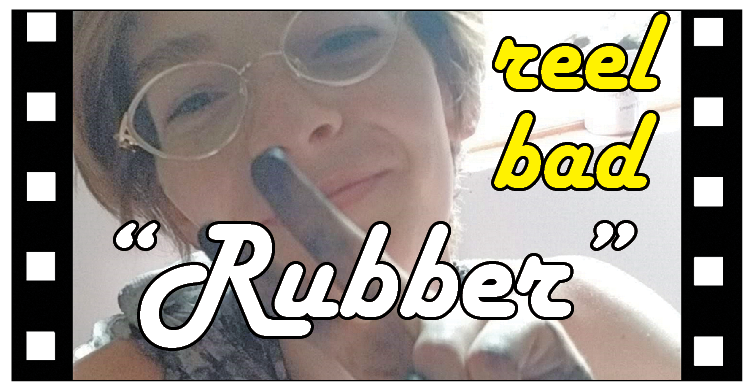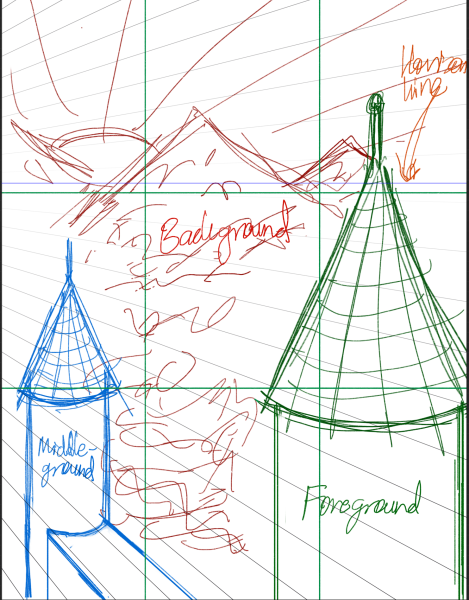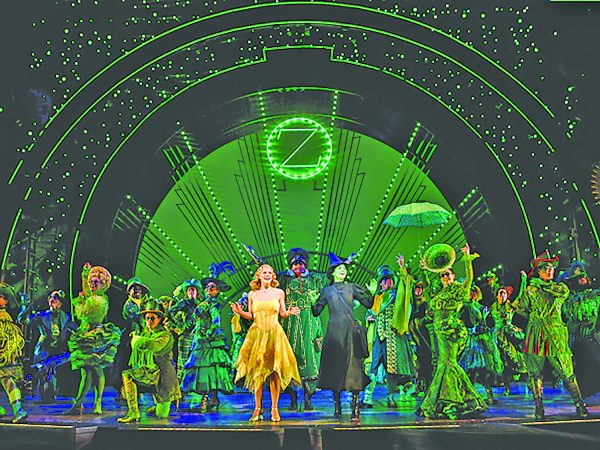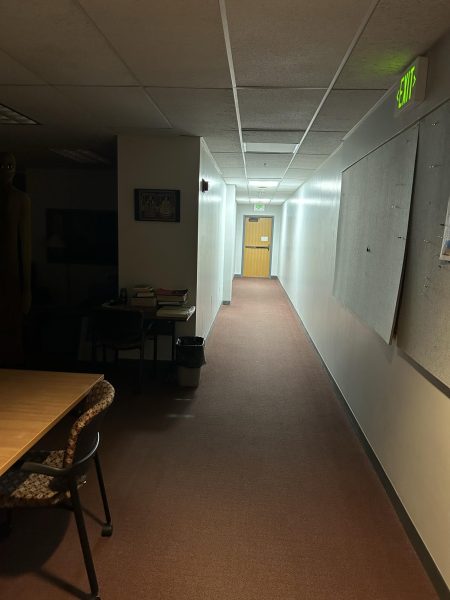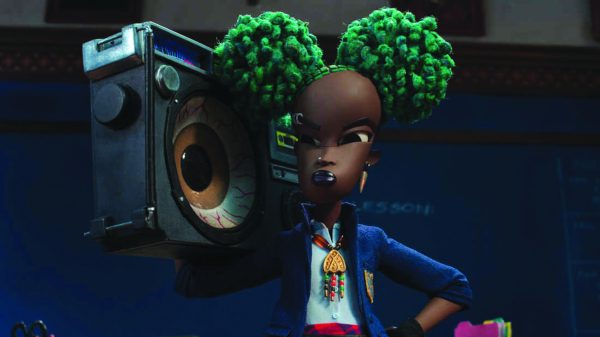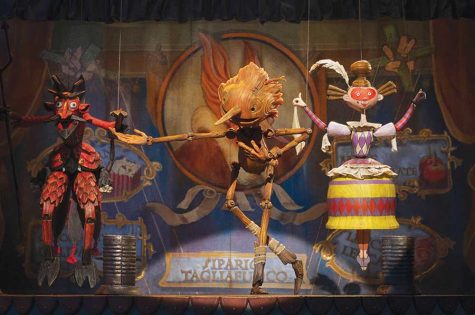Reel Bad: “Rubber”
When I came to the realization that I could turn my hobby of regularly watching shitty movies into publishable work, I knew I needed to start off with a notoriously bad film.
There are a few movies that come to mind whenever the conversation of worst movie of all time is brought up. Tommy Wiseau’s “The Room” is one of the first to come to the mind of many, including myself. Unfortunately, I’ve already reviewed that.
With favorite “Reefer Madness” also having been checked off, and “Sharknado” being saved for a later date, I turned my eyes to “Rubber” – the 2010 movie about a tire with psychokinetic powers that rolls around the desert exploding people’s heads.
Unfortunately, I was severely disappointed, because despite what I had heard from friends and family, “Rubber” was not a bad movie.
“Rubber” was a cinematic masterpiece – and anyone who says otherwise simply can’t appreciate true art.
Okay, that might be an overstatement, but I did legitimately enjoy the film for all the things it did well and all the quirks that came with it. It is certainly a strange film, with much to be surprised and helplessly confused by, which I consider essential to the “Rubber” experience.
The beginning of the film sees sheriff Chad (Stephen Spinella) running over an arrangement of chairs in a shot that took entirely more time than was needed, before giving a speech about how most movies operate on the logic of “no reason.”
After that’s all over, we get to meet Robert – the tire whom we will follow for the rest of the movie as he explores and explodes his surroundings. There’s also the subplot with the audience in the movie, who are watching all of these events unfold with binoculars.
It never gets fully explained what that whole situation is, but that’s part of the “Rubber” experience, and the “no reason” philosophy which the film does not shy away from in the slightest.
This does, however, lend to a slightly lackluster plot involving a few too many characters that never have any sort of resolution. Although, whether those characters matter or are even real is thrown to the wind as the movie progresses.
Some of the cinematography was actually pretty interesting. There were a number of long shots that followed Robert on long rolls through the desert in a surreally peaceful experience.
Then Robert starts blowing things up, and it’s crazy and wonderful. After realizing he can’t break a beer bottle by rolling over it, he starts shaking violently before the bottle explodes from the strength of his rage.
Gleeful in his newfound ability, our wobbly protagonist decides to start blowing up every other prop and quite a few characters that he finds himself in front of as he rolls through the desert.
Amidst the special effects of exploding heads, there are some scenes which had me gasping with laughter, just trying to figure out what was going on – in the best possible way.
Perhaps the one that stuck out the most was when sheriff Chad declares to the rest of his officers, while at the scene of a grisly, tire-performed murder, that they can all go home and call it a day, spending the next several minutes trying to convince them of this.
This is part of the meta “film within a film” element of the “Rubber” experience that writer and director Quentin Dupieux says developed naturally as a result of his becoming bored just writing about a living tire that explodes things in the desert.
Remarkably, Robert was brought to life using practical effects such as remote controls. Dupieux said that these practical effects depended mostly on camera angle to make them work, the empty tire being hard to hide electronics in.
Another aspect of “Rubber” that was better than expected was the acting. Spinella performed admirably as a slightly unhinged sheriff, and Jack Plotnick made a delightfully awkward accountant. However, a few of the audience members were a bit trope-heavy, and definitely these extras in general were a bit flat.
Another part of the “Rubber” experience is the several instances when things just take too long. That’s a pretty vague statement, but if you watch the movie, you’ll know exactly what I mean.
And for the readers who do decide to find and consume this besmirched beauty, I have a one-rule but very efficient drinking game for you – every time something in “Rubber” takes too long, take a sip of your drink.
You won’t regret it until the next morning.

Senior, Creative Writing
From Fletcher, VT
Spring 2020-Present
"Call me mommy and I'll bring you blankets and hold you while you cry."


